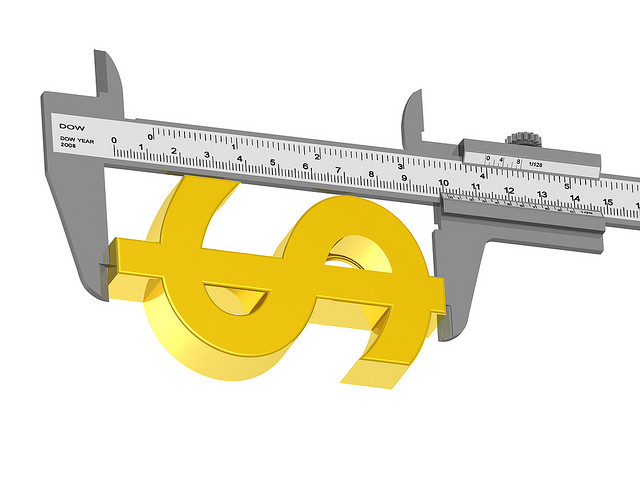Investing in Property Using Existing Equity in Home
updated 15th October 2016
If you’re struggling with a property dilemma,
need some advice on your wealth creation strategy, or you just need some advice and motivation to get your investment planning back on track, e-mail your question to us – and leave it to us to track down the experts
Question
I bought the house I’m living in eight years ago for $220,000. Today, it’s worth $500,000, with debt of $150,000. I want to invest using the equity, but I don’t really know where to start. What options are available?
– Adam, Sydney
Answer 1
Adam must first acknowledge and build a plan for several risks of borrowing to invest:
• The risk that interest rates might rise (ensuring that he has enough surplus income to cover the cost of extra interest repayments)
• The risk that he might be injured or ill and unable to work (how would he make repayments?)
• The risk that in the short term, property values are volatile, and the property may fall in value (ensuring he has an appropriately long-term investment horizon)
The most common property options available to him would then be either direct residential property or listed property trusts.
There are others, such as direct commercial property; however, it’s likely that these options would be more suited to the capital he has available.
Buying and renting another residential property would increase his property exposure. However, with $500,000 already invested in residential property, Adam may be concerned that his portfolio is not diverse enough.
For example, with two $500,000 properties, his wealth would drop by $150,000 if residential property prices slumped by 15%. If Adam were to buy another property valued at $500,000 by securing a loan against his existing property, he would have total debt of $650,000. If interest rates spiked to 10%, he would have to pay annual interest costs of $65,000 – quite a lot if he is on a single income.
Listed Property Trusts are listed on the Australian stock exchange. They invest in assets as diverse as office buildings, retail shops and industrial warehouses. Adam could borrow against his home and invest in a diversified portfolio of listed property trusts to increase his property exposure.
He could buy a smaller portfolio of assets (say $200,000) so that he would not have to take on as much debt; that would be well diversified into other property asset classes (offices, industrial, retail) and can be quickly sold if there is a need for cash.
The loan used to buy the listed property trusts assets would be able to sit as an investment loan, and provide the benefit of the tax deduction of the interest expense.
Answer 2
Assuming the client has surplus cash flow, a long-term investing approach and a risk profile suitable to borrow funds against the equity in their property and invest into a growth portfolio, the following strategy may suit the client’s goals and objectives.
The client borrows against the equity in their property, potentially up to 80% – any more and this may incur lenders mortgage insurance (LMI).
The client then invests this into a growth portfolio, such as direct shares or managed funds, that invest in shares and similar growth-oriented investments. The interest on the loan is tax deductible as it’s used for investment purposes.
The client pays interest-only on the investment loan, and the distributions (may have some franking/ imputation credits) from the investment could either be re-invested to help grow the investment or used by the client to reduce any non-deductible debt. Thirdly, they could be used to reduce the principal loan on the non-tax deductible initial property, or to pay interest costs on either loan, depending on what the client’s priorities and goals are.
The outcome of this strategy is to provide for a more diversified portfolio, instead of simply having all your assets tied up within one property and one asset class. Secondly, this strategy may also provide greater tax deductions due to the increased amount of lending. Finally, by having a larger asset base there’s increased potential for long-term capital growth.
However, gearing into investments also has the potential to magnify losses if assets have to be disposed of during a market downturn.
An important note: individuals following this strategy should review their income protection, trauma, TPD and life insurance needs.
Disclaimer:
The information on these pages is intended for general use only. It is not intended as financial or investment advice and should not be construed as such. It is not based on your personal objectives, financial situation or needs, and accordingly, you should seek advice from a qualified and registered investment advisor prior to making any commitment of a financial nature.
This article has been republished with permission from Your Investment Property magazine. Try our Loan Repayment Calculator and find the best repayment strategy for you.


